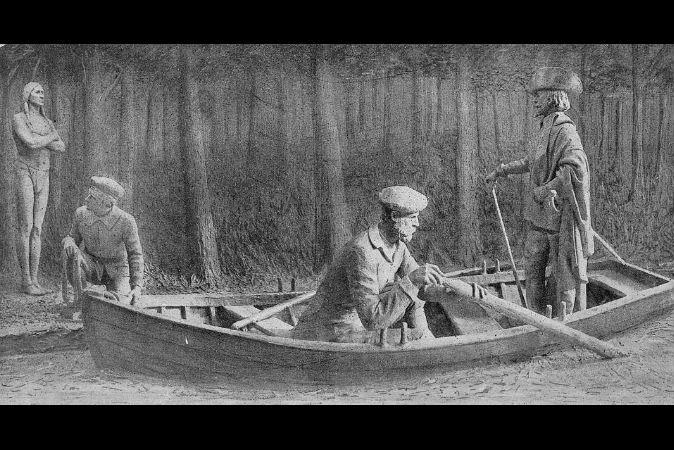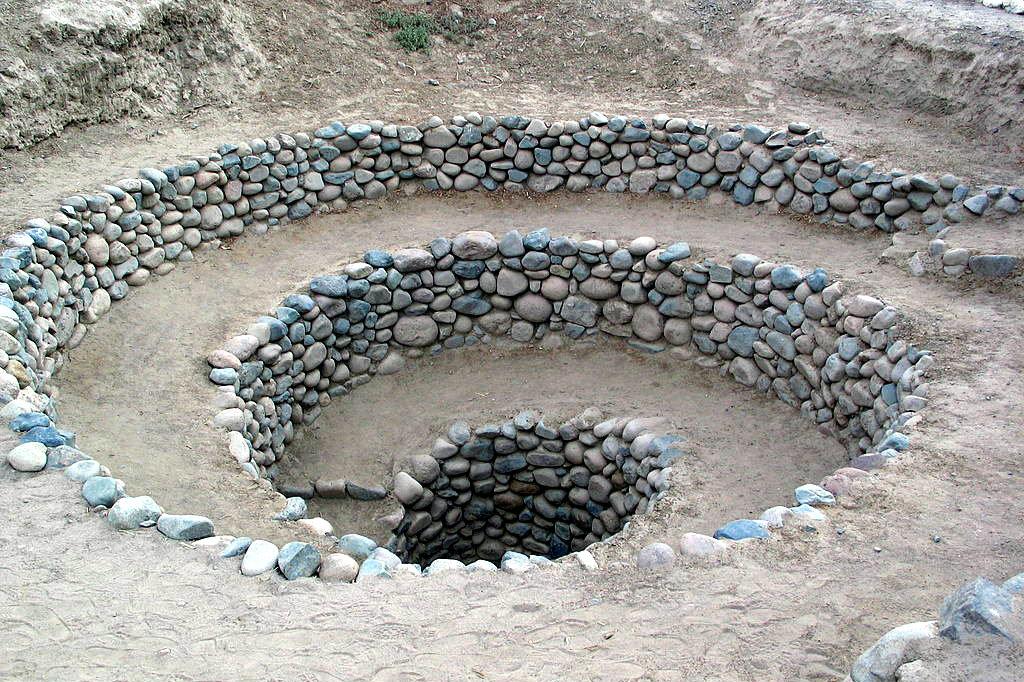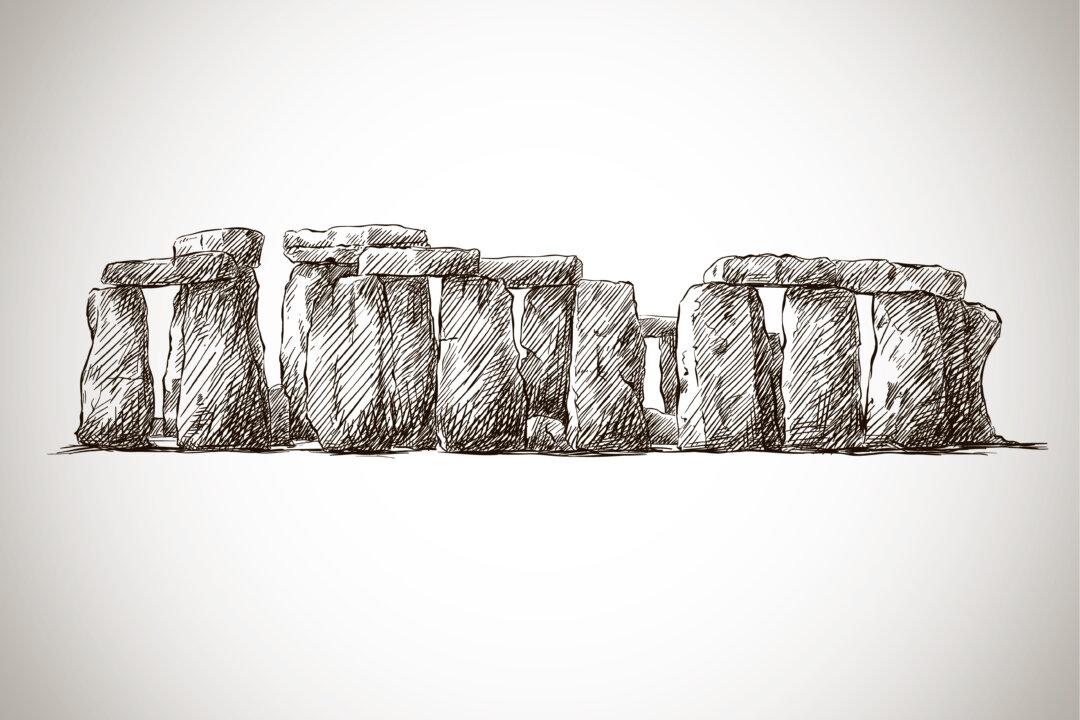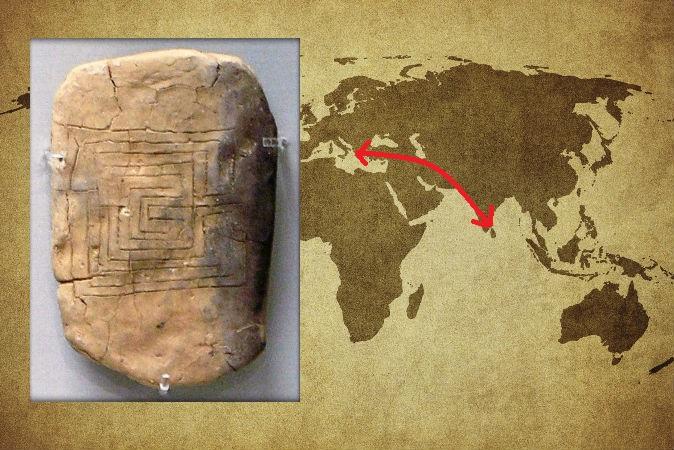Legends of the Kingdom of Saguenay, a lost city supposedly ruled by blonde men rich with gold and jewels, were part of the reason France made territorial claims in Canada. No one knows if Native Canadians in 1534 and 1535 hoaxed Frenchmen, and later a French king, with their tales of gold, ruby, and silver mines to the northwest of present-day Montreal. Were they lying or were the legends a memory of visiting Vikings?
Jacques Cartier arrived in Newfoundland, thinking it was Asia, in May 1534. He explored the Canadian maritime area, claimed it all for France, and captured two Natives and took them back to France. Sponsors financed a second voyage in 1535, and Cartier and crew made their way via the St. Lawrence River from the Iroquoian capital of Stadacona to Hochelaga, which is now called Montreal.





